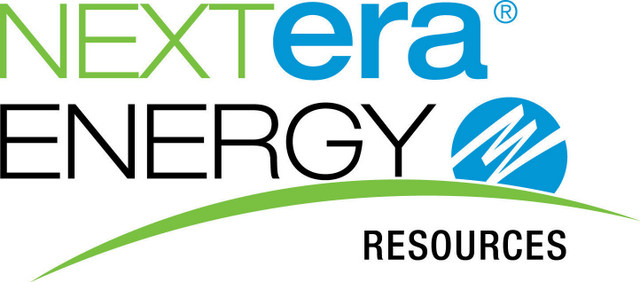The community solar movement in Minnesota keeps on growing. During the previous four months, five new community solar gardens have been brought online in the southeastern part of the state, located as far north as Benton County and as far south as Dakota County. They are part of a larger Minnesota community solar-gardens portfolio totaling 66 MW including projects.
“Community solar gardens represent a creative and efficient model for an electric company to meet its customers’ and its own sustainability goals,” said Matt Handel, vice president of development for NextEra Energy Resources. “For NextEra Energy Resources, these projects represent an initial portion of the solar gardens we plan to bring online this year.”
This statewide effort brings clean, sustainable energy to all Xcel Energy customers, including subscribers who may participate in the community solar projects from within their “hosting” county or from adjacent counties.
The community solar model
Community solar gardens offer Xcel customers the opportunity to purchase subscriptions to a solar garden without having to install solar panels on their own property. Subscribers pay NextEra Energy Resources for their fixed share of solar energy production and continue to receive power from Xcel Energy, paying their utility bill as usual. They also may receive credits on their electric bill for the solar power produced that may exceed the price paid to NextEra Energy Resources, potentially reducing the subscriber’s overall electricity cost. Current subscribers include Tennant Company, The Home Depot, University of Minnesota, and other commercial and government entities.
10 predictions for community solar in 2018 via Clean Energy Collective
“We recognize that our customers and communities want more renewable energy options,” said Lee Gabler, senior director customer solutions, Xcel Energy. “A lot of effort has gone into making Solar*Rewards Community the nation’s largest community solar program, and it’s good to see that these NextEra gardens are now online and delivering clean, renewable energy.”
In addition to the potential cost savings, the solar gardens create positive local economic impacts, such as landowner payments and increased tax revenue. It is estimated that it will offset approximately 96.8 metric tons of carbon dioxide emissions in year one that would have been produced if the electricity had been generated using fossil fuels, the equivalent of taking approximately 21 passenger vehicles off the road, or the equivalent of more than 237,000 miles driven.
— Solar Builder magazine
[source: http://solarbuildermag.com/news/five-more-community-solar-gardens-now-online-in-minnesota/]

Leave a Reply
You must be logged in to post a comment.